This guide shows you how to meal prep for fitness and nutrition. It gives you key strategies to make your food choices easier and improve your health. It emphasizes the importance of planning and preparing meals in advance to optimize energy levels, recovery, and nutritional balance. The guide includes tips on choosing the right ingredients, cooking methods, proper portioning, and efficient storage techniques, all designed to support your fitness goals and simplify your weekly meal routines. By following these steps, you can develop a sustainable meal prep habit that promotes a healthier lifestyle and improves your performance in fitness activities.



Plan Your Meals
Decide on the meals you want to prepare for the week. Consider your fitness goals, dietary preferences, and specific nutritional requirements. For example, if you are aiming to lose weight, focus on meals that are lower in calories but high in nutrients. Choose lean proteins like chicken breast, fish, or legumes, and pair them with plenty of vegetables and whole grains. If you have dietary restrictions, like being gluten-free or vegetarian, make sure your meal choices reflect that. Plan your breakfast, lunch, dinner, and any snacks you might need during the week.
Create a balanced menu that includes proteins, carbs, and healthy fats for each meal. Aim for meals that incorporate a variety of food groups. For instance, for breakfast, consider oatmeal topped with berries and a sprinkle of nuts for healthy fats. For lunch, prepare a quinoa and black bean salad with avocado and fresh vegetables. At dinner, grill salmon and serve it with roasted sweet potatoes and steamed broccoli. Don’t forget to include healthy snacks, such as Greek yogurt with honey or apple slices with almond butter. Write down your planned meals, making it easy to stick to your nutrition goals and streamline your grocery shopping.



Create a Shopping List
Start by reviewing your meal plan for the week. Identify all the recipes you’ll be preparing and list each ingredient required for those meals. As you go through your meal plan, jot down quantities as needed, ensuring you account for how many servings each recipe yields. This will help you avoid purchasing excess items and reduce food waste. Make sure to check your pantry and fridge for any ingredients you already have, so you’re not buying duplicates.
Organize the gathered ingredients into specific categories like fruits, vegetables, proteins, grains, and dairy. Group related items together to simplify your shopping experience. For instance, list all the fruits together, followed by vegetables, then proteins like chicken or tofu, and finally grains such as rice or pasta. This method not only saves time while shopping but also makes it easier to navigate the grocery store. A well-organized shopping list ensures you can grab what you need quickly and reduces the chances of forgetting essential items.
Shop for Ingredients
Make a shopping list before heading to the grocery store. Include all the ingredients you need for your upcoming meals, focusing on fresh produce, whole grains, and lean proteins. Prioritize high-quality items that will enhance the flavor and nutrition of your dishes. Walk through the aisles with intention, checking off items as you add them to your cart. Keep an eye out for seasonal produce; these items are often fresher and bursting with flavor, making your meals more enjoyable.
Opt for lean meats, such as chicken breast, turkey, or fish, which provide essential nutrients while keeping your meals light. Look for organic options when possible, as they typically have fewer additives and hormones. Inspect fruits and vegetables carefully: choose firm, vibrant specimens without blemishes. If you can find a local farmers’ market, consider shopping there for unique and fresh ingredients while supporting local growers. This mindful approach not only boosts the nutritional content of your meals but also encourages a healthier lifestyle.
Prepare Your Ingredients
Wash your ingredients thoroughly under cold running water. Rinse off any dirt or residue, especially on vegetables and fruits that will be eaten raw. Use a vegetable brush for root vegetables like potatoes and carrots to ensure they’re clean. Once washed, begin chopping your ingredients according to your recipe’s requirements. Dice, slice, or julienne vegetables as needed, and trim any excess fat from proteins. If you’re using herbs, chop them finely to release their flavor. Remember to work with a clean cutting board and knife for food safety.
Marinate your proteins to enhance their flavor and tenderness. Combine your favorite marinade ingredients in a bowl and add the protein, ensuring it’s evenly coated. Allow it to soak for at least 30 minutes, or refrigerate it for deeper flavor. While the proteins are marinating, cook any grains such as rice or quinoa following package instructions, and steam vegetables until they’re lightly tender yet still vibrant. Once cooked, organize each of your ingredients into separate containers, labeling them if necessary. This will make it much easier for you to grab and use what you need during the cooking process, ensuring a smooth and efficient meal preparation experience.
Cook and Store Meals
Cook your meals according to your plan, ensuring you adhere to the recipes you’ve chosen. Focus on preparing your ingredients ahead of time to keep the cooking process efficient. Once cooked, immediately portion the meals into individual servings. Utilize measuring cups or food scales to help you maintain consistent portion sizes, which is crucial for meal prep success. This method also makes it easier to manage your daily calorie intake and ensures you always have a balanced meal ready to go.
Store the meals in airtight containers to maintain freshness and flavor. Choose containers that are appropriate for both your fridge and freezer, allowing for flexible storage options. As you fill each container, be mindful of leaving a little space at the top to accommodate any expansion during freezing. Label each container with the meal name and date, using a permanent marker or labels for easy identification later. This practice will save you time during busy weekdays and help you keep track of what you’ve prepared, preventing food waste and keeping your meal planning on point.
Maximize Your Meal Efficiency
In conclusion, meal prepping is your secret weapon for achieving your fitness and nutrition goals. By dedicating some time to planning, shopping, and preparing your meals in advance, you empower yourself to make healthier choices and stay on track, even on busy days. With a little organization and creativity, you can enjoy nutritious, delicious meals that keep you energized and motivated. Start your meal prepping journey today, and watch how it transforms your approach to health and wellness!

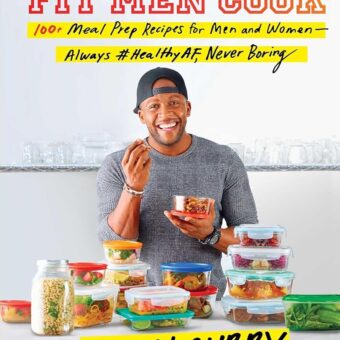


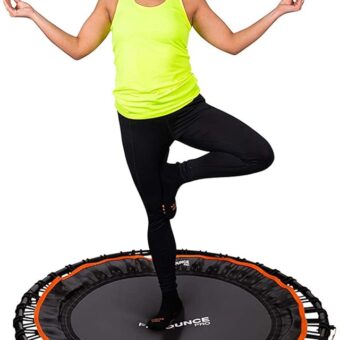
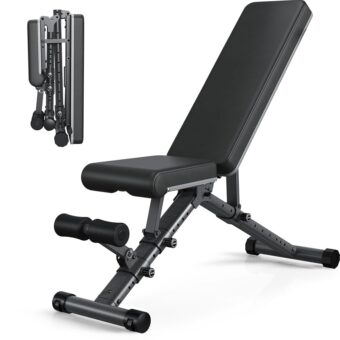
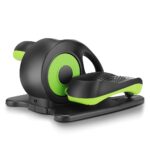

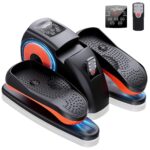
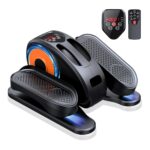
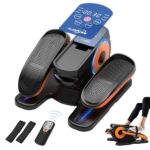
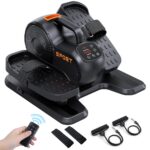
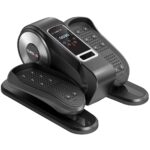
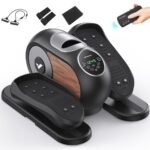
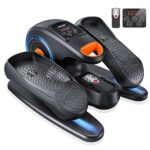
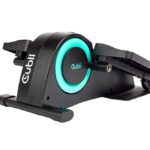
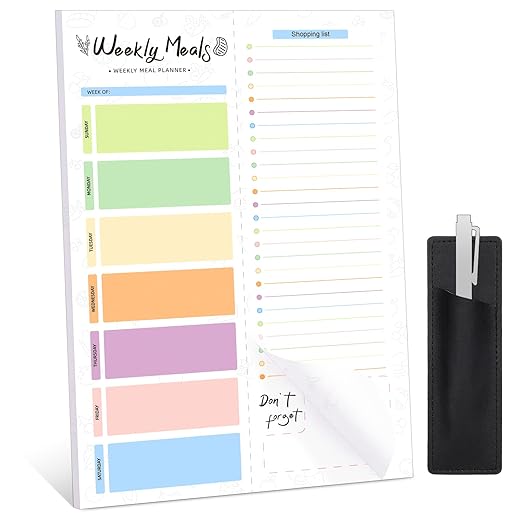
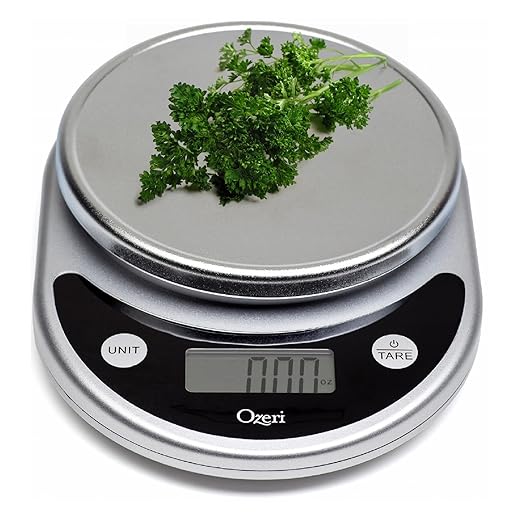
That’s a great routine! I often use sweet potatoes or quinoa as a base, and for sides, I like to mix in different veggies each week. It keeps things interesting! Also, experimenting with herbs and spices can really change the game.
I love meal prepping! I usually make a big batch of brown rice and grilled chicken on Sundays, then portion them out for the week. I also throw in some roasted veggies and a little hot sauce for flavor. What do you guys usually do for sides?
Absolutely! For most veggies, washing them, chopping them, and then storing them in airtight containers in the fridge can help them stay fresh. For leafy greens, try wrapping them in a damp paper towel before storing them in a container. Let me know if you have specific veggies in mind!
Totally! After workouts, aim for a meal with both protein and carbs to help with muscle repair. Something like a smoothie with protein powder, banana, and spinach works wonders. If you want more in-depth info, I can suggest specific recipes or recovery meals!
Great idea! I’ll definitely consider adding that in a future article. For now, stick with the protein-carb combo for optimal recovery!
I’d love to see a section on how nutrition really impacts workout recovery. Like, what should I eat post-workout to maximize results? Any advice on that?
Hey, I tried following the meal prep steps but got stuck during the ‘Prepare Your Ingredients’ part. I was confused about how to properly store veggies for the week. Any tips on that?
Quick question about meal planning! How do you balance protein, carbs, and fats in your meals? I feel like I’m always overdoing one thing or another!
I totally get that! I found that using apps like MyFitnessPal or Cronometer can help track your macros. Just aim for a balanced plate – half veggies, a quarter lean protein like grilled chicken, and a quarter whole grains like quinoa. It takes practice, but you’ll get the hang of it!